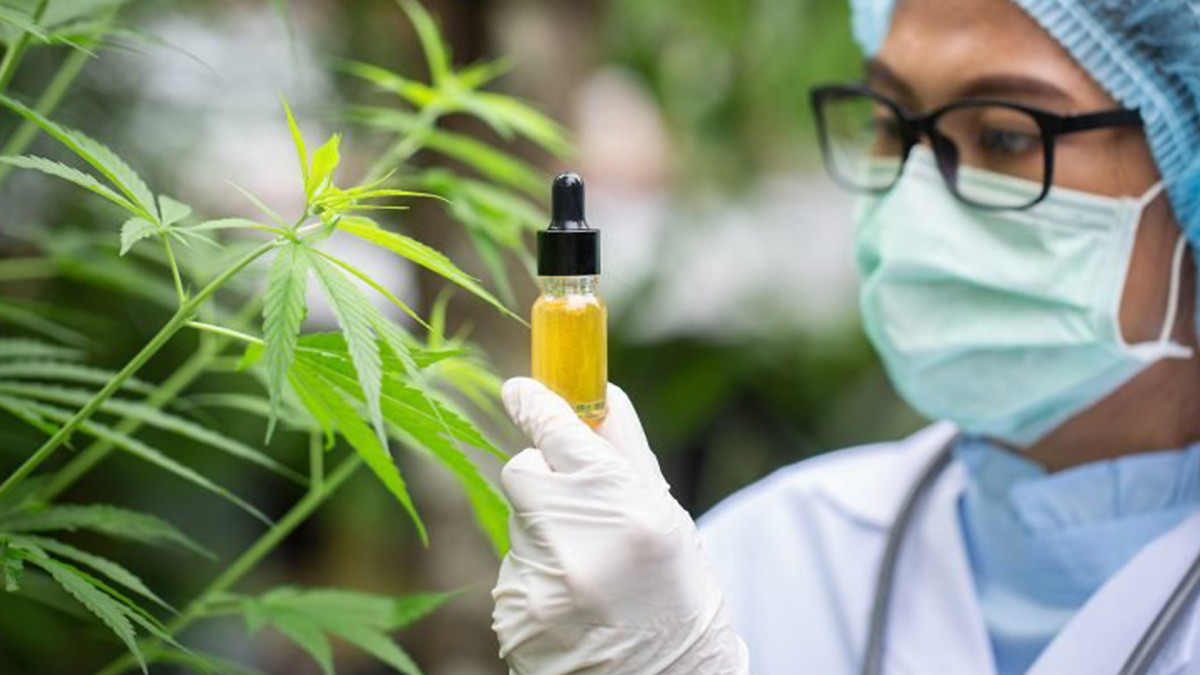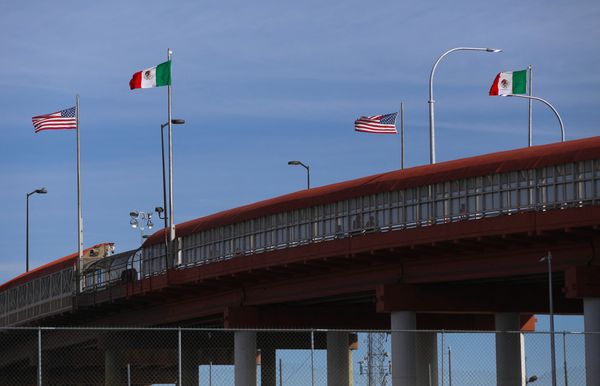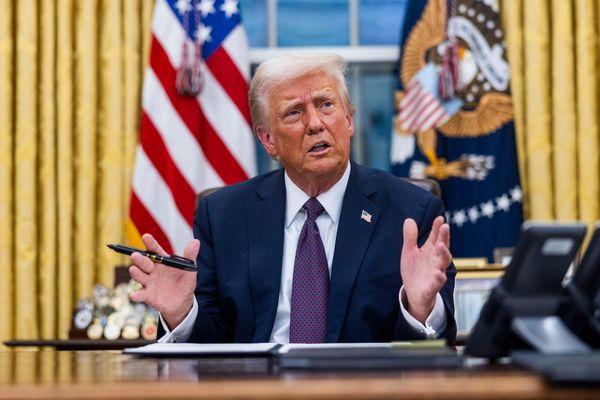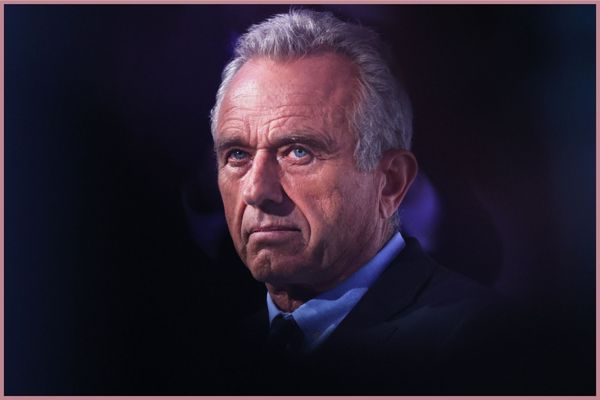
Since President Richard Nixon established the U.S. Drug Enforcement Administration in 1973 the agency has a long history of pursuing and prosecuting drug pushers around the globe.
Nixon was convinced that illicit drug production and use was "public enemy number one" when he declared a global "war on drugs" in 1971. In the 50+ years since the war on drugs began and the DEA was formed, the U.S. has spent more than $1 trillion to enforce its drug policy, according to recent research from UPenn.
Related: Elon Musk's Tesla has a new union problem on the heels of historic union win
The U.S. spent $41 billion in 2022 alone, a record, on its national drug control budget, all so that it could stop, or at least curtail, the production and distribution of illicit substances.
So it comes as a bit of a surprise that the DEA is now proposing an increase in production quotas for numerous drugs including marijuana compounds and psychedelics in order to "support research and clinical trials" of the substances.
The agency is looking to nearly double the amount of psilocybin the government produces to 15,000 grams from the 8,000 grams it had previously requested for 2023, according to a filing in the Federal Register. It also doubled the amount of psilocyn — the psychedelic compound in psilocybin — it wants to 24,000 grams from 12,000 grams.
The DEA also wants to increase the amount of d-9-THC the government produces to 628,460 grams from 383,460 grams. It is keeping its quota for 6.7 million grams of marijuana unchanged.
In a possibly related filing, the DEA also requested information from the public about "destruction processes which may be used to render controlled substances to a non-retrievable state." The agency has been seeking alternatives to incineration for destroying the drugs it uses for research purposes at the behest of the Consolidated Appropriations Act that was signed by President Biden in 2022.
Get investment guidance from trusted portfolio managers without the management fees. Sign up for Action Alerts PLUS now.







